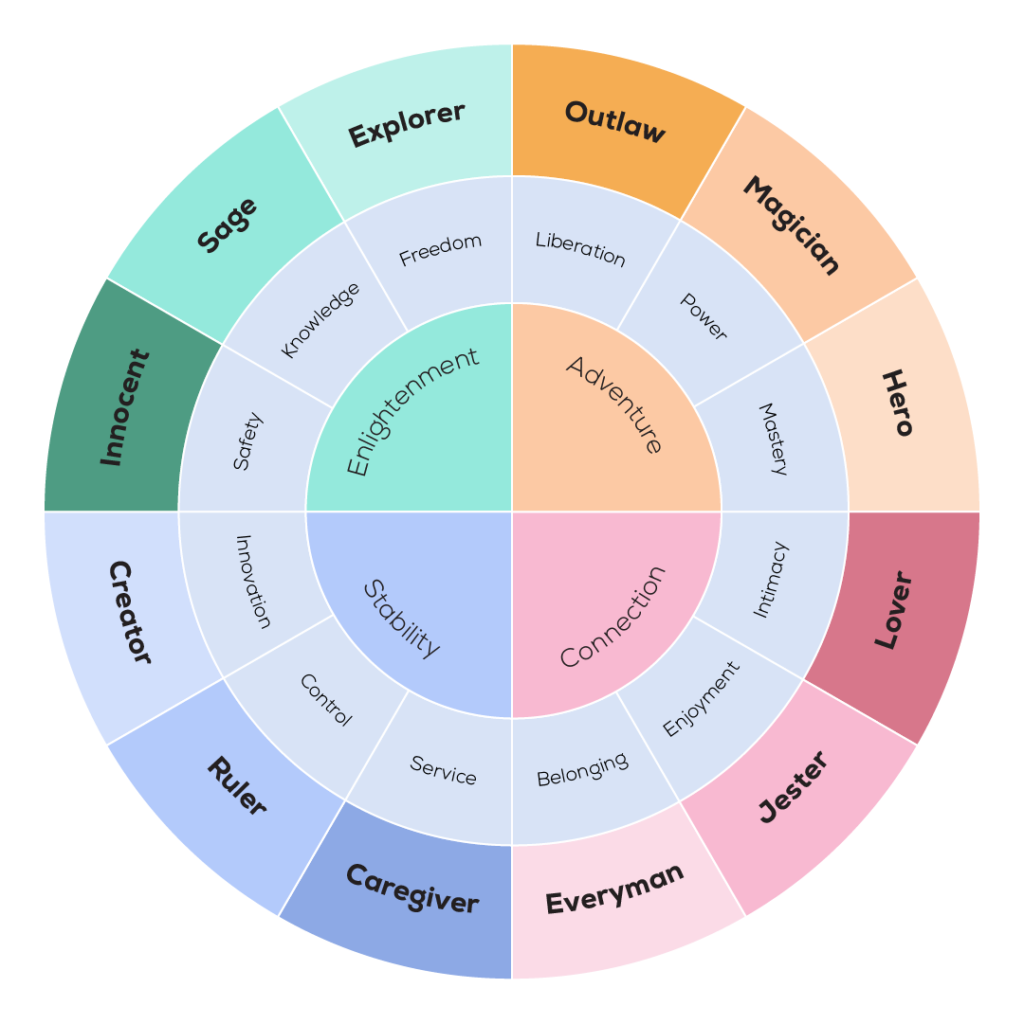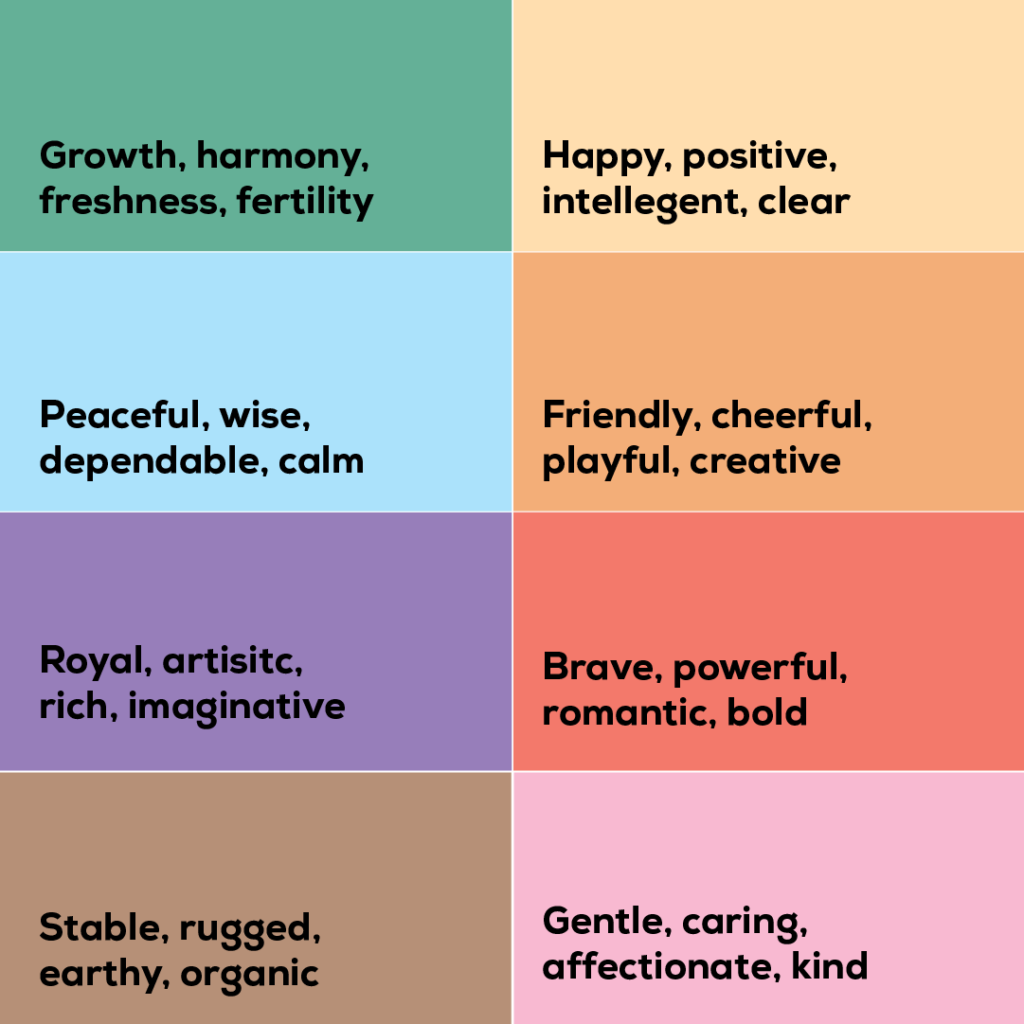
Starting a new business can be daunting, and knowing where to start is hard. You need to decide on your business structure and type, choose a name, create your brand identity, and develop some corporate stationery. Then, there’s working out the best way to reach your target audience to let them know you exist.
At Oraco, we help businesses build and nurture their brand every day, so we’ve created a step-by-step guide that you can follow to ensure you’re checking all the boxes.
1. Research and plan
Before you start branding your business, you should know who your target audience is and be able to identify your key competitors, or as we like to call them, ‘peers’.
An easy way to define your target audience is to identify your purpose. This includes your ‘who’, ‘what’, ‘why’ and ‘how’, and your vision, mission and values.
Once you’ve identified your purpose, target audience and peers, you can then determine your unique value proposition (UVP). A great way to do this is through the SWOT analysis – Establish your Strengths, Weaknesses, Opportunities and Threats. You can also discover your ideal brand positioning through this process, which is the space between your audience’s wants and what you have to offer. See the diagram below for reference.

Your purpose, proposition and positioning will lay the foundations for your brand and help you communicate why your audience should choose your brand over another.
Once you’ve done your research, you can create a brand strategy and marketing plan. A brand strategist can help you with this process, but in summary, you want to identify the following:
- Competitors – Identify up to six key peers and what their strengths and weaknesses are.
- Target audience – Research your target audience and create between 3-6 customer avatars. Download our free customer avatar worksheet.
- Brand core – Define your brand story and purpose, including your vision, mission and values. Download our free brand core worksheet.
- Brand positioning – Define your brand positioning and unique value proposition (inc. strengths, weaknesses, opportunities, threats). Download our free SWOT analysis worksheet.
- Brand strategy – Complete a brand strategy and marketing plan. There are loads of resources online, like this marketing plan template.
2. Name your business
Naming your business is an important step toward creating a memorable brand. Descriptive names are easier for people to identify with; however, these names are harder to differentiate from your peers. Long business names are unnecessary and easy to forget. Your name should be easy to remember and pronounce. Keep in mind that your domain name (website URL) and social media handles should be as close as possible to your business name for search visibility, so check that your proposed name is available across all platforms.
When creating a business name, you should:
- Shortlist potential business names.
- Check which names are available via the Business Registration Service Name Check.
- Check your desired domain name and social media handles are available. The Business Registration Service Name Check will usually give you a list of available domain names; however, you can check whether alternative domain names are available via .auDA. To see which social media handles are available, head to Brand Snag.
- Ask people, even friends and family, which name they prefer out of your top 2-3 names.
- Purchase your business name via the Business Registration Service.
3. Define your brand identity
Before you launch, you need to define your brand identity. This will help to differentiate you further from your peers and build brand recognition. A brand is identity and making it unique and memorable. You can also engage a brand strategist or designer for support .
When creating your brand identity, you should:
- Define your brand personality – Are you sincere, competent, rugged, excitable or sophisticated?
- Identify your brand archetype – See our Brand Archetype Wheel below for reference.

- Define your tone of voice – How will you communicate to your audience verbally, as well as in your written communications?
- Choose your brand colours – Will you use warm or cool colours? What emotions do you want to evoke? Research colour theory and psychology to help achieve a certain mood. We have shared some insight into colour theory below.


- Create your logo
- Expand on your brand style – Create a brand guidelines document, including fonts choices, image style, patterns and backgrounds.
- Define your editorial style – Create an editorial style guide for your writing rules, including key messages, language, grammar, spelling, terminology, etc.
4. Develop a communications strategy
A communications strategy is designed to take you from where you are now to where you want to be. It includes communication goals, a plan for achieving those goals, and the channels used to implement the plan. This may apply to your internal communications, marketing communications and public relations. A communications strategist can help you through this process.
When creating a communications plan, you should:
- Define communication goals.
- Outline a plan on how to achieve those goals (inc., schedule and responsibilities).
- Break down your communication plan by channels (inc., website, email, publications, events, social media, etc.).
5. Create an online presence
Many businesses lack credibility due to an outdated or non-existent online presence. The internet is an important networking tool and has become a great way for consumers to interact with businesses.
A website helps consumers find a company and convert leads. Social media allows you to engage with your audience in real-time and build a community.
You should have worked out which social platforms are suitable for your business in your communications strategy. A web designer, developer and social media manager can help you get your business online, but if you want to have a stab at it on your own, these are the key things you need to consider:
- Secure a domain name, and set up emails and website hosting through a website hosting provider.
- Design, develop and launch your website. You can engage a web designer/developer to support with this, or alternatively use a website builder or CMS to create your own, such as WordPress, Squarespace, Shopify, etc.
- Setup Google Analytics and connect your website with Google Search Console.
- Optimise your website for search engines (SEO). You can engage a web developer or SEO consultant to support with this.
- Optimise your website speed and test through PageSpeed Insights.
- Create social media accounts for relevant platforms (For example, LinkedIn, Facebook, TikTok, Twitter, Instagram, Pinterest, Snapchat, etc.).
6. Create corporate stationery
Once you have your website domain and social media handles ready, you can create your corporate stationery. Items like business cards, letterheads and email signatures are used throughout the transaction process to help maintain a consistent and memorable brand. A designer can help you create the following items:
- Letterheads
- Business cards
- Email signatures
- Document templates
- Envelopes
- Notepads
- With compliments slips
- Presentation folders
7. Develop marketing collateral
Now that you have a solid foundation for your brand, it’s time to raise awareness. Whether it’s through traditional or digital methods, you can start to communicate your key messages to your target audience.
Think about the best method of communication for your target audience. Are they on specific social media platforms, or are they more likely to read a printed publication or view an email? Think about the purpose of your collateral and ways you can convert leads via calls to action. Do you want them to give you a call, sign up for a newsletter or purchase a product online?
Key marketing collateral to consider includes:
- Social media posts
- Paid advertising
- Brochures and flyers
- Signage and banners
- Publication ads
- eDM template
- Promotional collateral
8. Gather contacts and network
You might already have an extensive network of contacts. Reach out to everyone and let them know about your new business, and meet new people by attending local business networking events.
Some quick and easy ways to get your business out there are to:
- Gather contacts, including influencers, customers, suppliers, press contacts, etc.
- Reach out to your contacts via email or phone.
- Go to a local business networking event (Don’t forget your business cards!).
Do you need help launching your brand? Oraco can help you start up your business with our expertise in branding and communications. Get in touch at hello@oraco.com.au.
